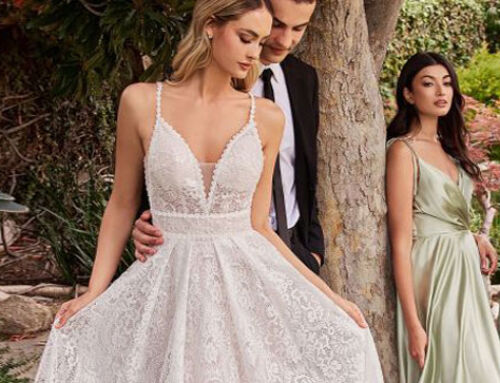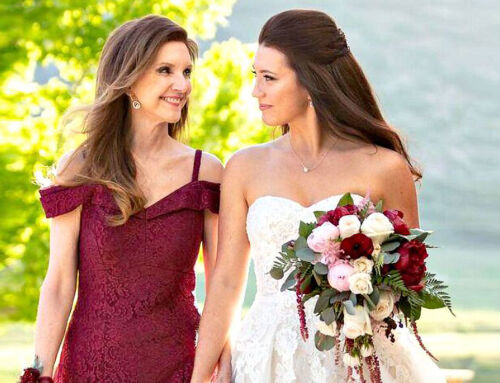It’s easy to fall in love with India. India is packed with culture, symbolism, and authenticity. Indians breathe their rituals and are incredibly proud of their traditions, ceremonies, festivals, and culture. Their honesty and confidence are perhaps what makes them stand out in the crowd.
Like their culture, Indians take pride in how they conduct their weddings. Their weddings hold immense importance because marriage is not only considered sacred, but it holds utmost importance in reflecting the image and status of the involved families.
In Indian culture, marriage is not the union between two people but two distinct families. The famous term ‘big fat Indian wedding’ is not inaccurately used; it precisely fits the description as Indian weddings are often jam-packed and filled with events and people for days on end. Indians love to celebrate weddings because they consider marriage the start of a new beginning with the chance for both individuals to start a family of their own while stitching the bond between their families.
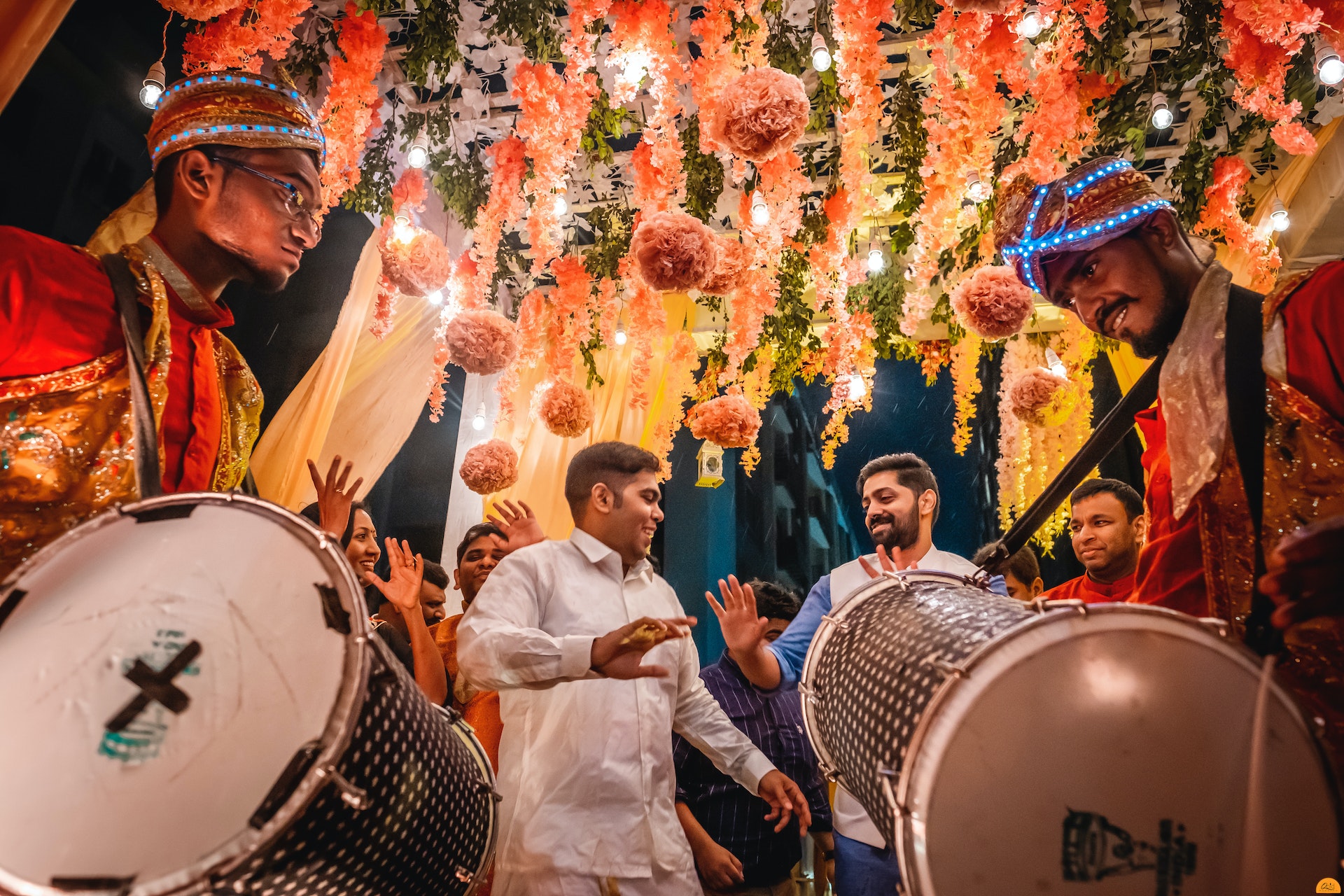
To sum it up, Indian weddings are considered important because they celebrate union, togetherness, love, companionship, the growth of families, and the start of something truly new and wonderful.
With breathtakingly beautiful (and colorful) clothes and multi-day events, Indian weddings are a series of events to attend. The wedding may stretch for days or weeks, but tiresome preparations almost always result in top-notch decorations and events with nothing left out. From garlands to garments, everything is taken care of with a fine tooth comb.
Let’s look at what Indian weddings consist of, from garments to songs!
Lavish Indian Culture
Indian wedding culture is surrounded by luxurious clothing, exquisite jewelry, and dance numbers that bring life to the party.
Garments can be associated with the influence of the Silk Road on Indian culture.
The Silk Roads were routes used by traders who traveled on horses and camels to enable trade between countries. These ‘silk roads’ were routes that bypassed Central Asian countries and Northern China. These routes extended toward Southeast Asia with expansions via China, Thailand, and Laos.
Traders used these routes for the transportation of goods. Goods that were being transported eventually created an influence on the markets they crossed. Keep that in mind; jewelry had an influence on the silk road culture. Silk, perfumes, stones, jewelry, and spices were all transported from multiple silk routes. Some of these routes included Central Asia, North India, and Myanmar.
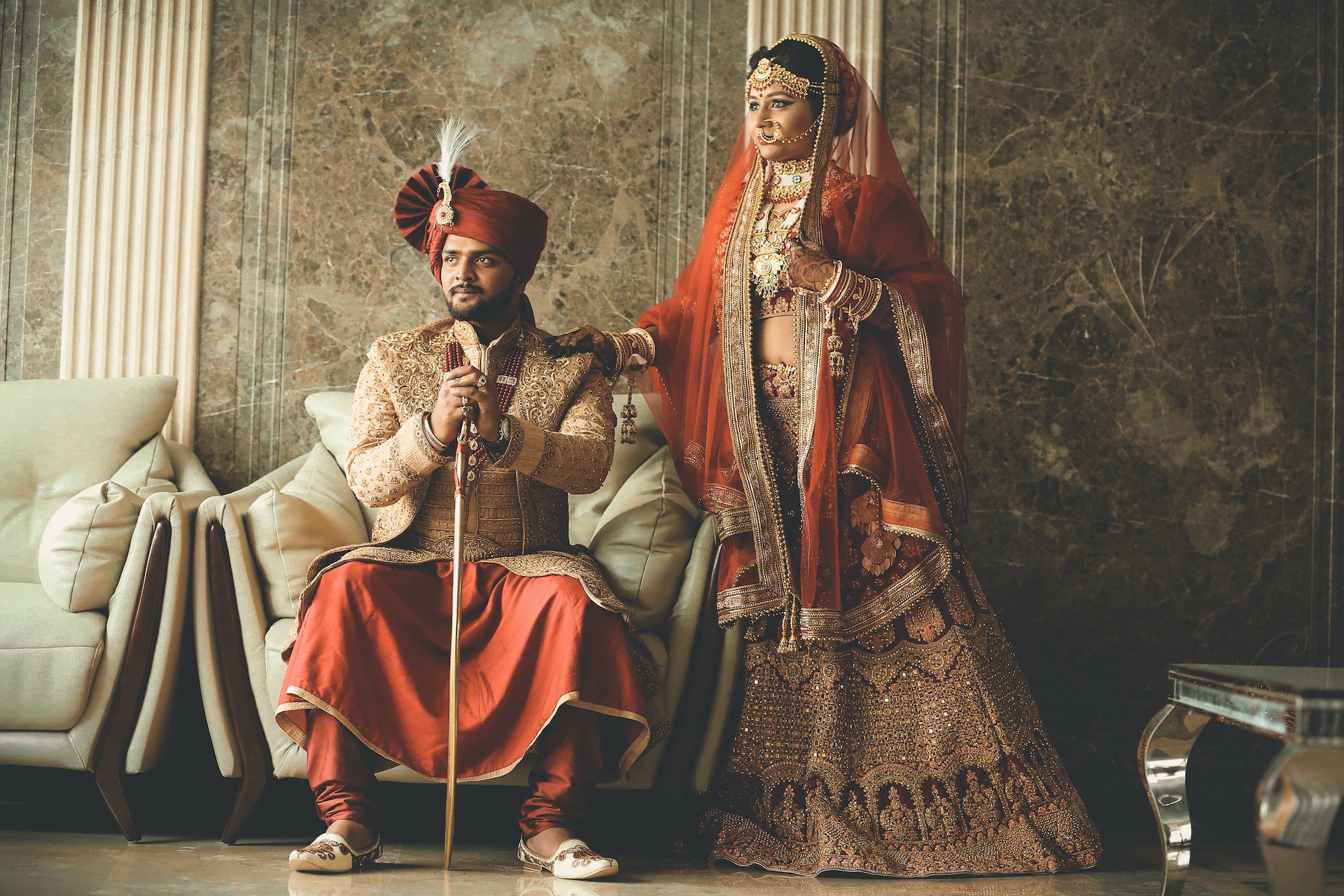
History
Women in India have fought for their right to stay alive. India had come monumentally far from when it first started. The way women were treated after their husbands passed away to how they were blamed for giving birth to a girl was considerably normal occasions.
Just like life is a journey from tragedy to triumph, women in India have voyaged from having no right to utter a word in front of their in-laws to making a mark for themselves in any given industry.
According to the Global Gender Gap Index, in 2021, India ranked 140 on the scale.
Back in the day, the birth of a girl was concerning for Indian parents. A son was seen as an investment plan, one who would run the house and take care of ailing parents when they could no longer serve themselves. In India, parents commonly understand that the daughter will eventually get married and leave the house. Once an Indian daughter is married, she is considered as someone who has entered her real home – her husband’s.
Before technology reached its peak, newborn girls were killed after they were born. After the advent of technology and sonographic technology, the sex of the child can be determined while the mother is carrying the child, CNA Insider reports.
Over time, after millions of Indians were lifted out of poverty, the equation shifted. The number of men and women changed, and according to history’s indications, women play a solid role in weddings.
Indian Weddings Ceremonies
Indian weddings can last anywhere from 3 days to a week. Weddings include extended events, and Indians leave no stone unturned. Indians love to celebrate happiness, and weddings are considered an important part of their culture – primarily because it includes the union of two families.
This is precisely why Indians ensure that they’re partaking in all important rituals and ensuring that both the bride and groom feel the love and happiness that surrounds them.
Indian weddings require exquisite locations. People prefer destination weddings within the country or outside. Luxxu.net specializes in modern design and living, be it furniture or an entire house. You can look for inspirations or choose locations for your bachelor or bachelorette party. Do you want to host a reception but are not sure of a location? Check out Luxxu.
Indian weddings are not just exquisite; they’re wholesome. Different ethnicities follow rituals that make them feel at home, but there are some that every couple in India follows. Let’s have a look:
1. Roka Ceremony
The Roka ceremony is considered auspicious since this is the first step toward this new journey. It’s an announcement among family members and a hint to the outside world. Both give consent to get married, and the involved families start their journey by gifting dry fruits and sweets to each other.
2. Engagement Ceremony
This is no different from any normal engagement ceremony. Both families gather together for an event that makes it official to the world that two young individuals are set to join each other in holy matrimony. Dances and celebrations may follow the event throughout the night.
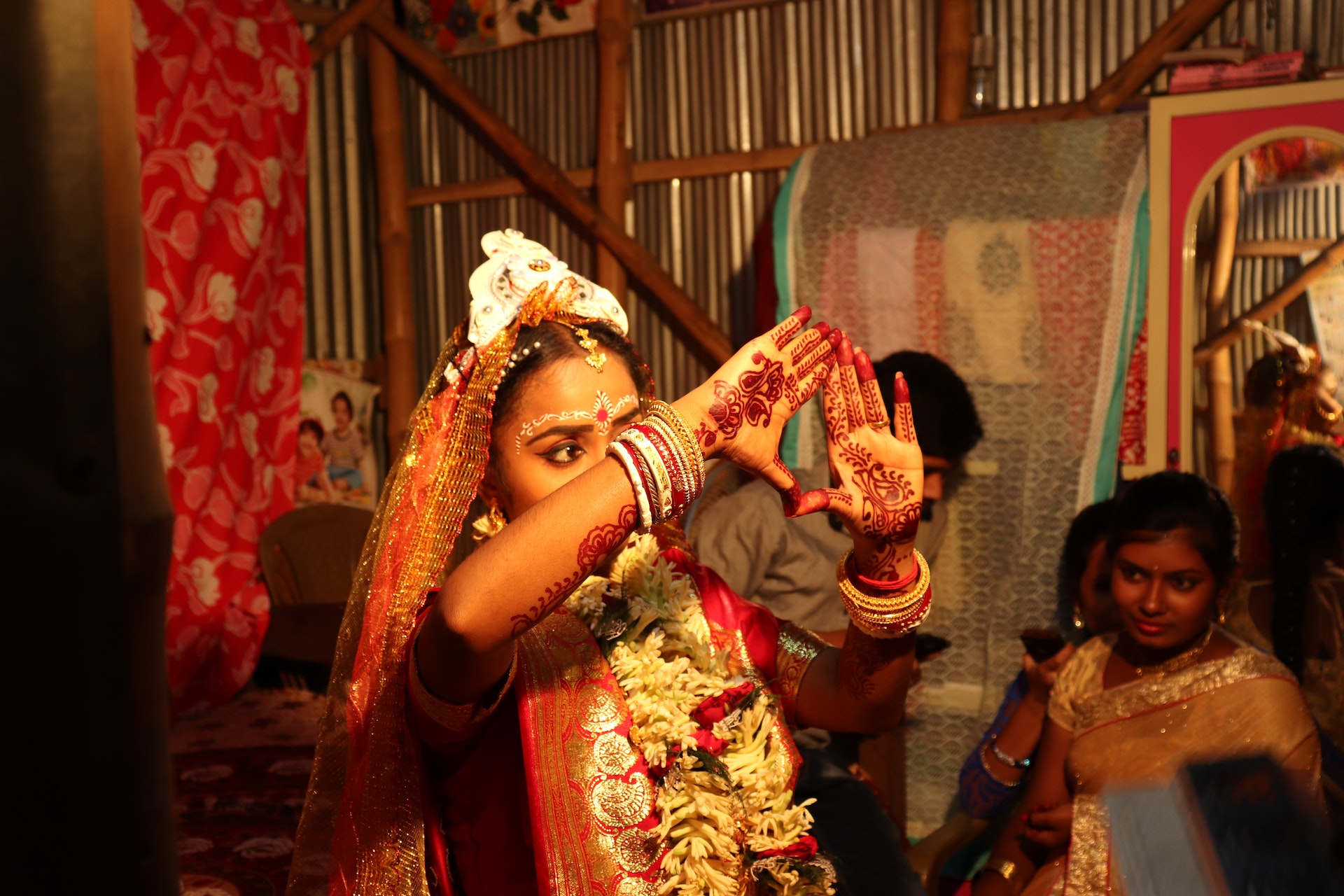
3. Mehndi/Sangeet Ceremony
The Mehndi ceremony is an event from the bride’s side, and the sangeet is one from the groom’s. These two can be held together if both families find it a better choice. Keeping these events on two separate days means prolonging the wedding and having one extra day dedicated to the celebration.
4. Haldi (Tumeric) Ceremony
The Haldi ceremony happens the morning of the wedding. It’s considered an auspicious occasion because Haldi is considered a cleanser. Haldi is believed to purify the body. Thus, applying it to the bride and groom means cleansing them of all impurities before they begin their journey together.
Haldi is also known as Ubtan by many. For this tradition, each family member puts Haldi paste on the bride and groom and completely covers them in the paste. After the ceremony is completed, the paste is washed off. While fulfilling a spiritual purpose, Haldi eradicates dead cells and clears the skin.
Rituals You Can’t Ignore At An Indian Wedding
1. Consulting a Pandit
This part of the wedding preparations holds immense importance for both families. A pandit in Indian culture is a man who has a vast knowledge of Hinduism and is considered a scholar in Indian culture.
Both families visit their respective pandits and share the bride and groom’s zodiac signs. Their stars are matched with each other, and the pandit, based on their knowledge and experience with astrology, suggests a marriage date. This date is considered auspicious. A certain time is also suggested, which is known as ‘mahurat.’
There are certain traditions in Indian culture that are considered sacred.
2. The Color Red!
Now, this may be subjective, but the color red holds immense importance in Indian culture. Be it the wedding dress, the flowers, or decorations, red has to pop out.
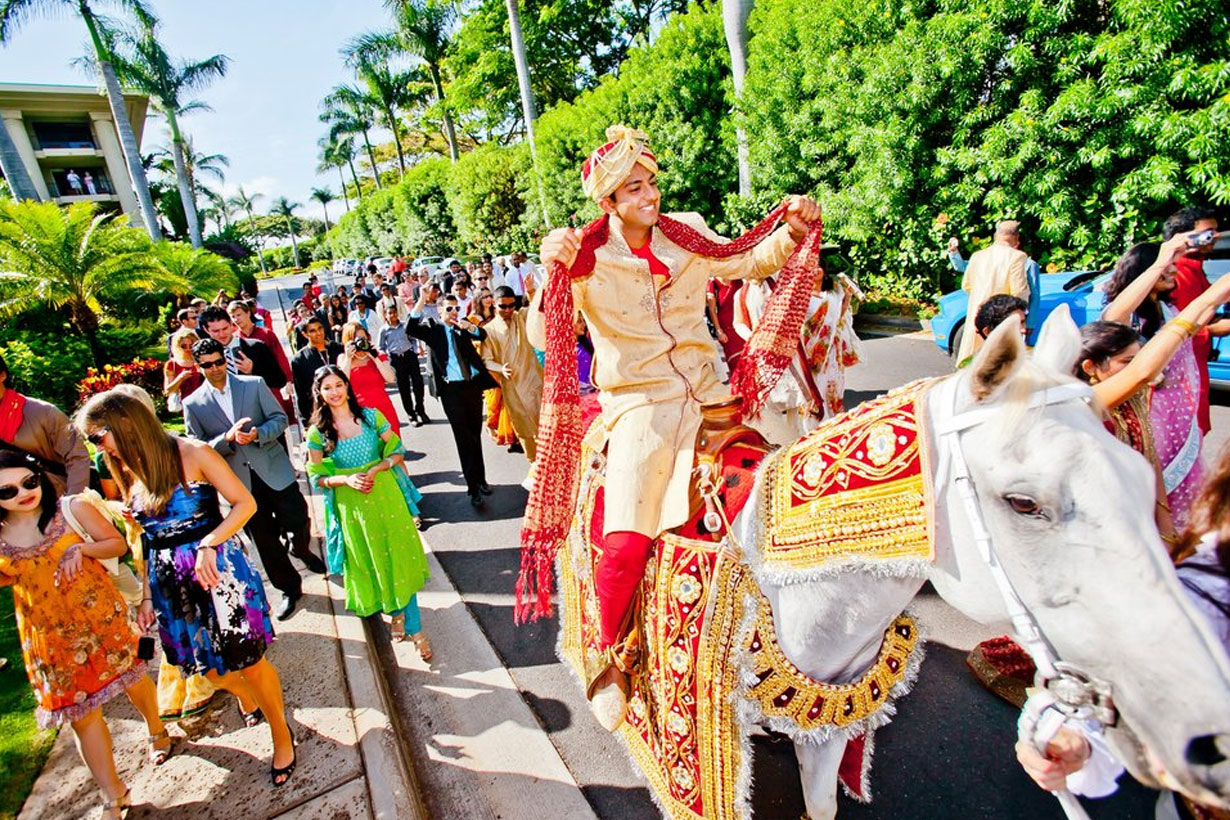
3. The Groom’s Entry
The groom’s entry is perhaps the most happy-happening instance on the wedding day. The groom’s entry, also known as baraat, is a celebration on its own since the groom has now led his way up to the bride’s house. The baraat holds importance in the eyes of both parties. It marks the groom’s arrival to wed the woman he gets to call his wife.
Different ethnicities in India have different celebratory ways for the groom’s entry. We’ll get into that in more detail ahead.
4. Vermala
The vermala ceremony begins after the bride enters the mandap. Both the bride and groom hold a Jai mala, essentially flower garlands, and wrap it around their partner’s neck. This begins the celebration of the couple.
5. Pheray
The bride and groom sit in front of the fire, also known as Agni in Sanskrit. The pandit sits across the couple and starts reciting prayers. The fire is considered sacred because it symbolizes God being a witness.
The pheray hold perhaps the most importance during the wedding. They’re considered extremely sacred during the entire procession. Let’s look into the why:
Before the pheray, a knot is tied using the end of the bride’s sari or lehnga and the groom’s scarf. The two then take seven rounds around the mandap and exchange vows. The fire acts as a witness, and the pandit recites the marital vows. Each phera holds importance. Let’s discuss what each phera signifies:
First Phera
For the first phera, the husband promises to take care of his wife and future children’s needs. He vows to ensure that his wife is sheltered and clothed well. The first phera focuses mainly on nourishment
Second Phera
The second phera places importance on family life. The husband pledges to ensure that he will take responsibility for the house. The wife promises to ensure that she supports her husband and that the two will face any turbulence together.
Third Phera
The third phera focuses on oneness. This is not to say that two bodies become one soul but that they will both look after each other and be there for one another. The bride and groom pledge to look after each other’s needs and treat each other with respect and as their priority.
Fourth Phera
The fourth phera is about being grateful. The bride and groom pledge to keep each other happy. The groom admits and thanks the wife for completing his life. In return, the wife promises always to try to keep the groom happy.
Fifth Phera
The fifth phera moves on to focusing on staying together in tough times. The groom thanks his wife for blessing his life, and the bride promises to stand by the groom in trivial times. The two promise to stay by each other in times of need.
Sixth Phera
In the sixth phera, the bride and groom take a round across the Agni and pray for their marriage’s security. They vow to act as one unit and focus on their marital bond. The groom is grateful to the bride for taking this step with him, and he asks her if she will stay by his side for life. The idea here is to live life while enjoying the simple pleasures it bestows upon us.
Seventh Phera
The last phera is all about the bride and groom accepting each other as partners for life. They pray for a life full of bliss, wisdom, honesty, and respecting the union the two have promised each other to abide by.
Though seven pheras fall under traditional values, some newlyweds may choose to do only four pheras. Essentially, the first four pheras fall under the four purushartas of life:
- Dharma: Hindu marriages celebrate the unity of two individuals as one unit till the end.
- Artha: Artha is essentially the pursuance of money.
- Kama: this is in relation to love and virility.
- Moksha: Moksha refers to being liberated from material life.
Wholesome Wedding Traditions
Though all Indian weddings are primarily the same on a grassroots level, there is a difference in how different ethnicities celebrate the occasion with different traditions that are near and dear to them.
Let’s discuss what a Punjabi wedding may look like:
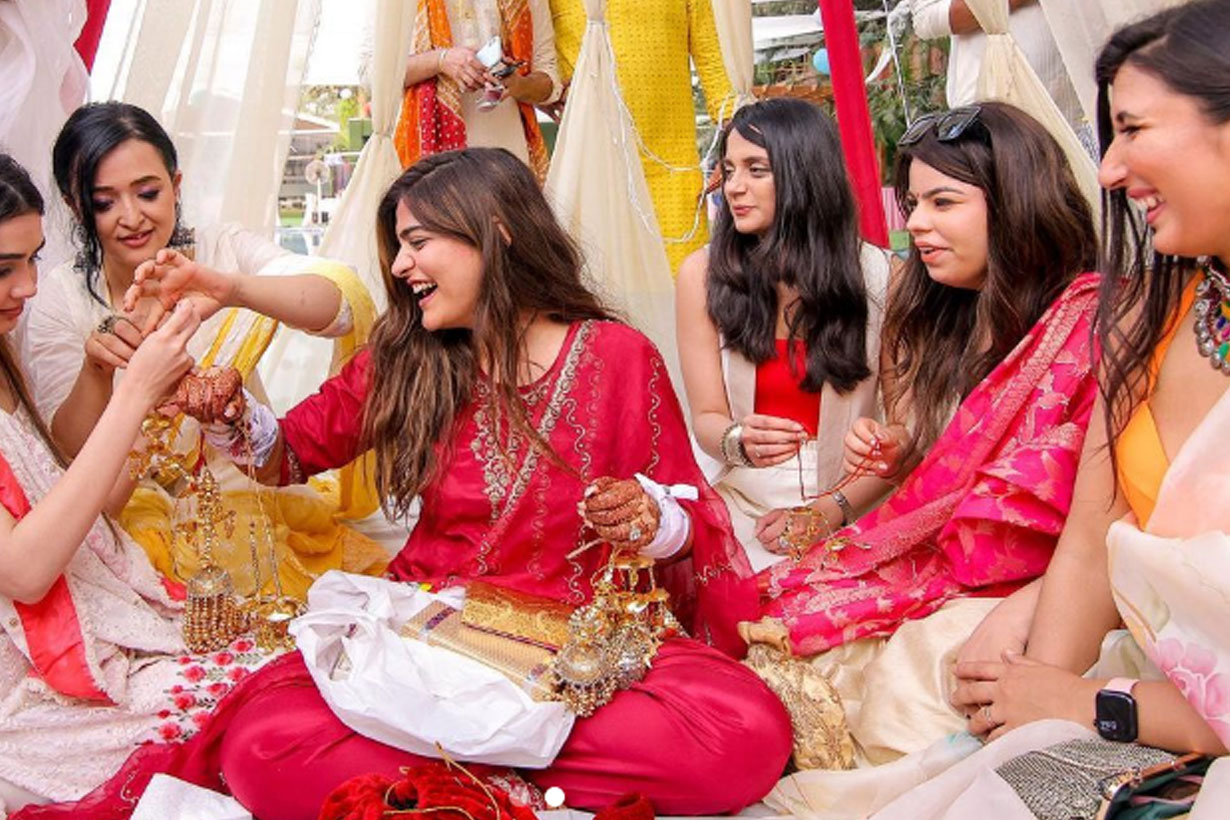
1. Chooda Ceremony
The chooda ceremony plays a pivotal role in Punjabi weddings. This ceremony symbolizes a woman’s change in status – from unmarried to married. Haringphotography suggests that according to Indian belief, a chooda brings about prosperity and fertility enhancement for the newly married. The Chooda ceremony usually includes ivory bangles that are red and white in color. However, now a woman can choose her own array of colors and bangles.
The bride’s maternal uncles give her the chooda and put them around her hands.
2. Kalira Rasam
Traditionally, the bride’s sisters and close friend ties kalira’s on her wrist. Kalira’s signifies good wishes and the girls’ way of blessing the marriage. The kalira’s are tied to the bride’s chooda. Essentially, they’re silver or golden in color, but they can be different if the bride wishes so. Before the bride enters this new phase of life, she’s blessed by the women who hold importance in her life. It’s these small traditions that make an Indian wedding extremely wholesome.
India’s Relationship With Arranged and Love Marriages
BBC talks about a survey that took place in 2018. The survey showed that 93% of married Indian couples admitted their marriage was arranged. 3% of the couples surveyed said their marriage was not arranged but rather love. 2% of the couples said theirs was a mixture of love and arranged. A mixture is usually defined as one that starts off as arranged, but the couple falls in love with one another, and so, a love-cum-arranged marriage.
Telugu Wedding Rituals – South Indian
Telugu is primarily laid on the south Indian part of the map. While South India is whole-heartedly a part of the country, they are independent in terms of their entertainment industry, language, and, when it comes to it, wedding rituals. Telugu weddings are wholesome, spiritual, and symbolic, with a meaning behind each step and tradition.
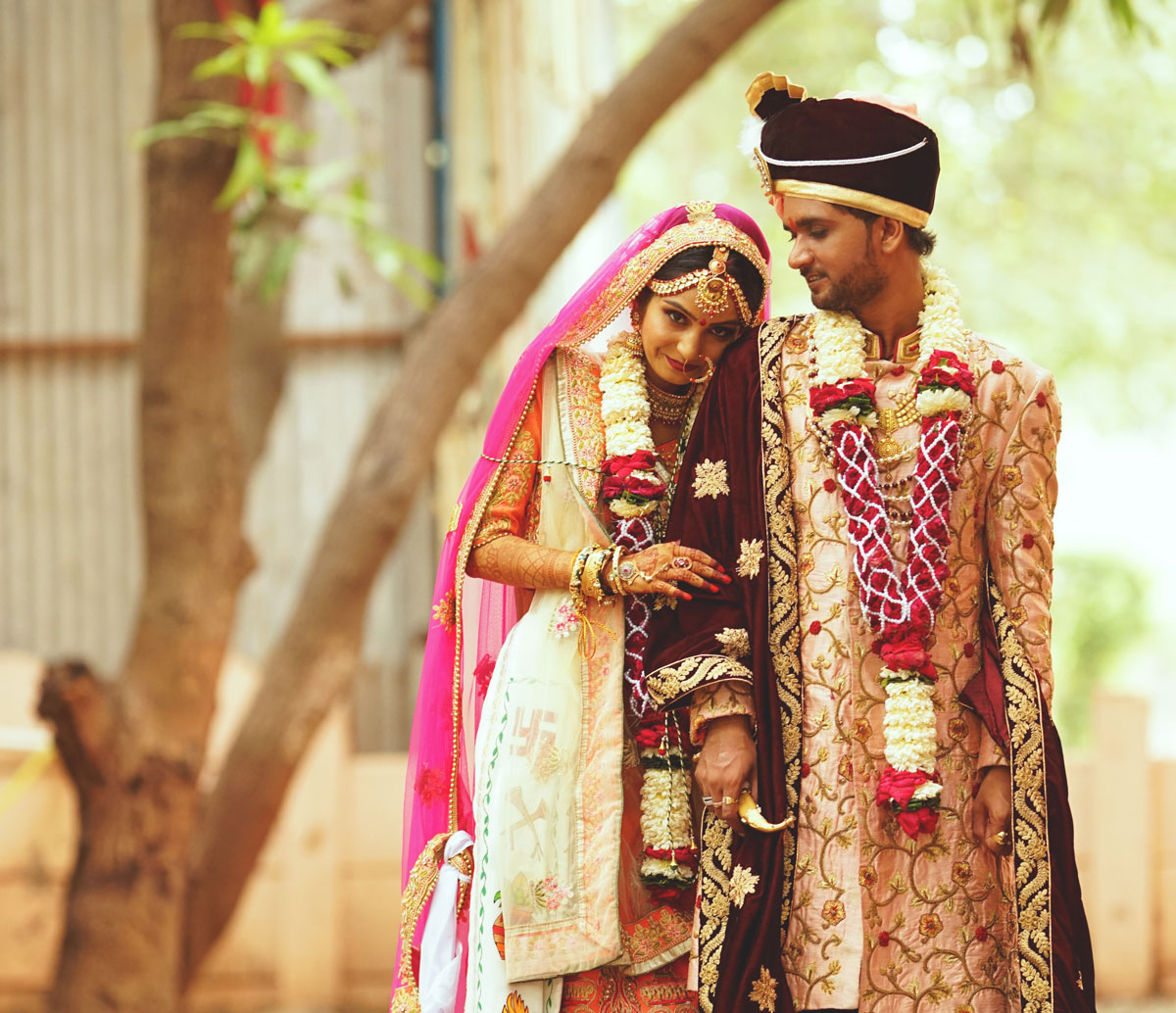
Let’s look at rituals that take place in a Telugu wedding:
- Nalugu – The Nalugu ritual takes place when wedding processions are about to begin. Both the bride and groom are soiled with essential oils and haldi a day before the wedding. Similar to a normal Haldi ceremony, the intention is to cleanse the skin.
- Gauri Pooja – Gauri Pooja is a prayer conducted to Goddess Gauri. Goddess Gauri, the God of fertility, is dearly loved and respected for the bond she shared with her husband, Lord Shiva. The pooja is fundamentally held for the bride to ask Goddess Gauri to bless the bride with a marriage just like hers.
- Snatakam – Snatakam is a bath primarily for the groom. This bath signifies that the groom is ready to take on the responsibility of a family, and he’s capable of starting a family. To mark this, a silver thread is tied around the groom’s wrist.
- Terasalla – Terasalla marks the beginning of a Telugu wedding. The bride sits inside a basket filled with rice. Rice is a staple diet, so it relates as a mark of prosperity in this ritual. The bride’s maternal uncle carries her to the mandap, where the groom is seated along with the pandit.
- Jeelakarra Bellamu – Jeelakarra Bellamu is a paste made of Jeelakarra and Bellam, which respectively translate to cumin and jaggery. The paste is then put on a betel lead, and both the bride and groom put the paste on each other’s heads. This is a mark of the couple promising to stay together till the end.
20 Easy Reasons To Fall In Love With Indian Weddings
1. The Food
Food is a vital part of any wedding. Weddings are considered the celebration of life and union of two individuals who will start a family together. Food plays a vital role in such an event, especially for Punjabi weddings. There are endless choices, from starters to main courses to desserts. Most weddings cater to a wide assortment of menu that offers several local scrumptious cuisines and delights. It is very common to see wedding dinners to be held Buffet style.
2. Wholesome Rituals
Indian weddings consist of multiple rituals for every event. These rituals are incredibly wholesome, and each has a vision of its own. Each ritual has a history of its own and is simply intended to ensure the newlyweds have warded off all evil and secured with love and protection. Now isn’t that wholesome? Who wouldn’t want to witness love and warmth in the union of two people who have agreed to spend their life together.
3. Bringing People Together
Indian weddings are all about celebrating and partying together as a tribe and family. Weddings are often the occasion where you see mostly all the members of the extended families, friends, and dear ones brought together in one place and occasion to reunite and reignite the kindred spirits. Other than cultural festivals, weddings are the only occasion where one might get to see all their relatives and friends assembled happily in one place.
4. Spreading Joy and Happiness
Other than winning a cricket world cup final or a match against Pakistan (or both), very little else truly spreads joy and happiness uniformly and wholly to everyone in India, spreading the sense and feeling of unity and oneness other than a typical and beautiful wedding. Indian weddings always have that vibe of happiness and serenity in all echelons of society.
5. Mingling of Young Ones
There’s no beating around the bush on this one; Indian weddings are prime locations and occasions where younger generations get to mingle and try their luck as well conveniently. It is not uncommon for even the elders, especially the mothers and aunties of the families invited, to look for and tease the idea of marriage proposals informally, introducing their children to the others they deem suitable. These exciting and adventurous mini ploys and attempts at wedding events are almost inevitable.
6. The Melodrama
Is it even an Indian wedding where you find no drama or sensational situation for many to gossip about and remember for days to come? People are almost expected to be overly energized and dramatic when it comes to weddings. The relatively older women of the family might be found either fully emotional and in tears of joy, or some could be seen criticizing and complaining about trivial ordeals such as the quality or option of food. It’s very likely that you will also find a very animated picture in the parking lots and valet services of wedding venues.
7. The Dances
It cannot be stressed enough how important the music and dance proceedings are in any typical local Indian wedding. From the Bhangra in Punjabi weddings to the Garba is the traditional dance routine in Gujarati weddings, to name a few notable examples.
Typically South Indians have been more subdued and simplistic about their wedding celebrations as compared to Northern parts of India; the massive shift of demographics to the metropolitan and urban areas has resulted in more fluid cultural boundaries when it comes to celebrating a proper Indian wedding.
8. Vibrant Dressing and Apparels
Indian weddings are the occasion where not only do the families of the groom and the bride showcase their wealth and status, but it is also an important occasion for those guests invited to properly dress up fashionably the best they can to stand out.
Maybe you have even heard about it on the internet how Indian guests can go to the extent of wearing their own wedding dresses to others’ weddings to steal the spotlight and thunder away from everyone. Those rumors may not be so untrue after all. Even so, the vibrant colors, extravagant jewelry, and makeup you see at Indian weddings are a sight to behold.
9. Joota Chupai
Now onto a bit more specific yet typically most common seen traditions of Indian weddings, we shall begin with the Joota Chupai rasm. In this ritual, the female relatives of the bride (sisters, cousins, nieces, etc.) very sneakily steal and hide the shoes of the groom as soon as he takes them off to reach the Mandap.
After the wedding rituals and proceedings, the female relatives then hold the shoes hostage in exchange for, let’s say, a ransom. This process involves the groom, and the girls negotiate the price of giving the shoes back and typically ends with the groom paying off the female relatives to move away from the Mandap in his shoes with his new bride.
10. Doodh Pilai
In this ritual, the sisters and cousins of the bride, again, present the groom with a colorful and aesthetically fancy glass of milk. In return, the groom is expected to present gifts to each of the girls present at the ritual, typically in the form of money. Carrying on for generations, this ritual is often carried out at the very end of the wedding event and has several symbolic and physiological reasons. One of the primary being providing a source of energy to the groom after a hectic long day of wedding ceremonies.
11. Moun Dikhai
Moun dikhai is an intimate ritual between the newlyweds where the groom gets to see the face of her newlywed bride for the first time post marriage processions. Upon seeing her face, the groom is required to present a gift to the bride. This gift usually is in the form of jewelry, phones, cash, and other meaningful things.
12. Suhaag Raat
This ritual is considered one of the most important in Indian weddings. Regardless of all the memes and the jokes you may have heard to comically represent the ritual, this ritual is very sacred as it truly and properly consummates the marriage between the newlyweds.
13. No Kissing
For most of our viewers, it must be a common assumption and expectation to see the love and fleeting joy being expressed between the newlyweds in the form of kissing. However, it is traditionally frowned upon in Indian weddings, and as such, you will not find the typical “you may kiss the bride now” sequence in Indian weddings. Indian weddings are all about pride and appearances, too, and hence the intimacy between the betrothed is not usually showcased openly in Indian weddings.
14. Groom Takes The Initiative
To form a union between two families, it is very, very common to see the family of the groom initiate the proposal process and send a “Rishta,” as it is called in the local dialect. Whether arranged or in a love marriage, you will rarely see the bride’s family extending the marriage proposal and visiting the groom’s house. And often, the groom has to ask the bride’s father for her hand in the marriage too.
15. Agni
You may have seen how, in a lot of videos and songs and Bollywood movies, the groom and the bride take actual or symbolic circuits around a small bonfire. That bonfire represents one of the most sacred and important Hindu deity Agni, who is an official and actual witness to the wedding proceedings and holds the wedding legal as well. The essence of Agni is inseparable from most Indian weddings you will ever witness.
16. The Horse
In most cases, you will find the groom coming to collect his bride riding a horse (animal of choice can vary depending on culture and tradition) during the event of Baraat. The horse symbolizes power and virtue as historically, it has been a tradition of war for grooms’ to fetch their brides on horseback, and it has carried on still to this day through many generations. Again, a very important cultural tradition you will definitely witness at an Indian wedding.
17. Dowry
Regardless of the transition in public opinion and woke opinions of the newer generations, dowry is still, to this day, one of the most consistent and rampant traditions in Indian weddings. Across the Indian subcultures, the bride’s family agrees to gather an amount and/or assets of dowry, which can be in the form of furniture, crockery, cars, and even business assets too. Setting aside the divided opinion on the ritual, it is central to almost all weddings in India.
18. The Wedding Album
Not only limited to but especially in the case of Indian weddings, it’s photos and videos galore. Never will you find any other occasion in any event or celebration in India with more focus and emphasis on looking good and posing for the wedding photos.
The occasion where all the members of your extended family and dearest of friends and acquaintances are all under one roof is definitely when you really want to immortalize your memory of the day by taking tons of snaps. Even more so for the bride and the groom, for whom it is literally the most important day of their lives. Has to be well recorded, no?
19. A New Beginning
Suffice to say, Indian weddings often have these feelings and sense of responsibility, adventure, the unknown and uncharted territories, and goosebumps upon realizing that you’re on a new level of independence. Costarring in this new chapter, a new beginning in their lives together, the groom and the bride truly and impactfully feel the difference in their situation and status. Newlyweds are now an entity of their own.
20. It’s Indian, after all
To sum it all up, after all the rituals, the events, the associations, the people, and the feelings and emotions involved, Indian weddings are far more happening and complex than most societies and cultures around the world. To have an Indian wedding is very much a common dream and goal among the youth in India; everyone wants to have a grand wedding. Nobody in India will deny that.
Conclusion
Weddings are always a happy occasion. Perhaps, what makes Indian weddings stand out is the amount of love they are ready to give. Indians celebrate weddings with all their heart and all their might. They ensure that every guest is well-fed, well-slept, and has had their fair share of fun. Be it children who run around prancing across the hall, young adults who celebrate the wedding with a bachelor or bachelorette party, or older adults who keep poojas to ask the Gods to bless the young couple.
Indian weddings are wholesome and a sight for sore eyes. They’re full of love, party, happiness, good intentions, and celebrations, and they’re a vibe of their own. There’s no match for Indian wedding dances because they have a separate event for just the dances – one from the bride’s side and another from the groom’s. The amount of love they have to shower during these celebrations is unmatched and yet so pure throughout.
Attending an Indian wedding may tire you, but you’ll get to socialize with people who live up to the term family. You’ll play around with toddlers and learn from experiences that older adults would love to share with you. You’ll get to witness true love between the bride and groom and watch them walk around Agni. The mandsap is a beautiful sight to behold and the time when the bride and groom promise each other a life filled with honesty, respect, and love. Marriage is a beautiful union, and Indians are maestros at pulling them off so effortlessly.

